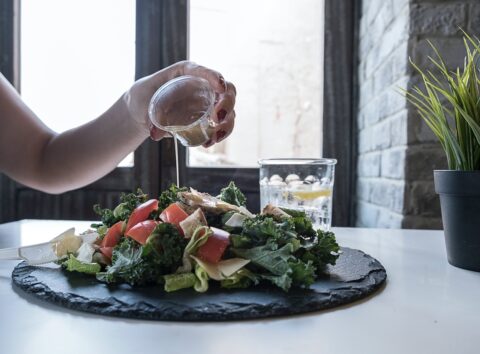In a world where the culinary landscape is continually evolving, there is a remarkable trend that takes us back to our roots: the revival of ancient grains in modern cooking. These grains, which have been cultivated for thousands of years, are making a triumphant return to contemporary kitchens. Let’s delve into the renaissance of ancient grains and discover how they are enriching today’s culinary tapestry.
A Nod to Nutrition
One of the driving forces behind the resurgence of ancient grains is their nutritional prowess. Unlike refined grains, ancient grains are often whole grains packed with nutrients including fiber, protein, and essential vitamins and minerals. Their complex carbohydrate content also provides a steady energy release, keeping you satiated for longer.
A Palette of Flavors and Textures
Ancient grains like quinoa, amaranth, and farro introduce a delightful variety of textures and flavors to modern dishes. Their unique, often nutty flavors, and chewy textures provide a hearty base for a multitude of culinary creations.
- Quinoa:
- Known for its high protein content, quinoa has a light, fluffy texture when cooked, making it a versatile base for salads, bowls, and even breakfast porridge.
- Amaranth:
- With a slightly earthy and nutty flavor, amaranth can be popped like popcorn, cooked into a creamy consistency similar to rice pudding, or used as a thickener for soups and stews.
- Farro:
- Farro’s chewy texture and nutty flavor make it a wonderful ingredient in soups, salads, and risottos.
The Sustainable Choice
Embracing ancient grains is also a nod towards sustainability. These grains are often hardy and require less fertilizer and water compared to modern varieties. Their ability to flourish in harsher climates makes them a boon for farmers in drought-prone regions.
Incorporating Ancient Grains
Modern chefs and home cooks alike are finding innovative ways to incorporate ancient grains into everyday meals:
- Baking:
- Substitute traditional flours with ancient grain flours like teff or spelt for a nutritious and flavorful twist in baking.
- Salads and Bowls:
- Toss cooked ancient grains with a medley of vegetables, lean proteins, and a zesty dressing for a wholesome meal.
- Breakfast:
- Kickstart your day with a nourishing bowl of millet or buckwheat porridge topped with fresh fruits and nuts.
\
The revival of ancient grains is not merely a culinary trend, but a return to wholesome, nutritious eating that honors the rich agricultural heritage of our ancestors. By exploring the variety and versatility of ancient grains, modern cooking is indeed paying homage to age-old wisdom while paving the way for a healthier, sustainable culinary future.






